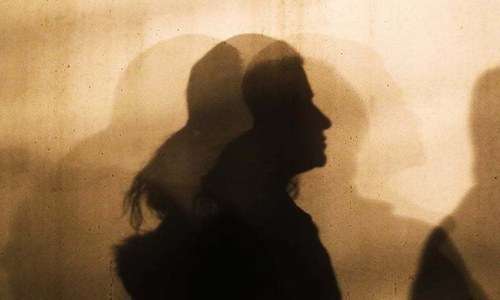On a humid July afternoon in Lahore’s Sattukatla neighborhood, 13-year-old Maria Shahbaz stepped out to buy something from the corner shop and never returned. Two days later, her father, Shahbaz Masih — a driver and the sole provider for his family of five children — learned the unthinkable: a local man, 30-year-old Shehryar Ahmad, had taken Maria. By July 31, a magistrate’s court had recorded a statement — presented as Maria’s — that she had converted to Islam and married Ahmad of her own free will. The court accepted it. Custody went to the man accused of abducting her.
“I’m still in disbelief,” Shahbaz says, his voice breaking between anger and exhaustion. He filed a First Information Report and combed the streets the night she vanished. “She is a child. How could anyone accept she is 18 when even her appearance shows otherwise?” His words echo a familiar pattern that rights advocates in Pakistan have documented for years: minor girls, some as young as ten, are abducted, pressured into religious conversion, and then married off, shielded by a thin legal veil that turns violence into a ceremony.
Maria’s childhood had already been pared down by hardship. She left school a year after the pandemic began and started working with her mother as a domestic helper to help make ends meet. There were dreams — a return to classes, a secondhand smartphone, a better room to sleep in — ordinary desires stretched across a life of quiet struggle. Those dreams are now suspended in a courtroom’s pause.
The legal ordeal moved swiftly and, for Maria’s family, brutally. When Shahbaz filed the FIR at Nawab Town Police Station, he expected protection and a careful inquiry. Instead, on August 1, he was told that Maria had already recorded a courtroom statement claiming she had converted and married willingly — and that she was 18. The magistrate admitted the claim without, the family says, giving due weight to her actual age.
Safdar Chaudhry of Raah-e-Nijaat Ministry, which assists vulnerable families, stepped in to help. The legal team rushed to the Lahore High Court with a writ petition to recover Maria. It was dismissed, with a direction to challenge the statement at the sessions court. They did. On September 3, the sessions court admitted the case — a first foothold in a climb that could decide whether a child is restored to her family or lost to a precedent that has already harmed too many.
“We will present documentary proof that Maria is a minor,” Shahbaz says. “Her marriage to Ahmad violates the Punjab Child Marriage Restraint Act, which bars girls under 16 from marrying.” The family’s petition urges the court not only to return Maria, but also to order criminal proceedings against those who enabled what they call a sham marriage. The argument is simple and urgent: the law must protect the child first.
This is not a case in a vacuum. On May 29, Pakistan’s President Asif Ali Zardari signed a landmark bill setting the minimum marriage age at 18 for both genders in the Islamabad Capital Territory, a step hailed by child-rights advocates and resisted by powerful religious bodies. The Council of Islamic Ideology opposed labeling under-18 marriages as rape under any circumstance. Meanwhile, a similar bill to raise the minimum age to 18 has languished in the Punjab Provincial Assembly since April 25, 2024. In Punjab today, the minimum age for girls remains 16, and even that line blurs when courts accept contested claims about age and consent.
There is another painful paradox for Christian families like Maria’s. Nationally, the Christian Marriage (Amendment) Act 2024 raised the marriageable age to 18 for Christians. But when a minor is pressured to convert, she can suddenly fall under different rules — rules that, in practice, have been used to defend marriages that began with abduction.
The cost of that loophole is paid in stolen birthdays, empty chairs at dinner, and mothers who wake in the night because a door did not open at dusk. It is also borne by communities that learn, case after case, to doubt the promise that the law will shield their children regardless of faith or poverty.
This is where the court’s next steps matter. They will signal whether documentary evidence of age can override coercion cloaked as consent; whether a magistrate’s brief acceptance of a statement can be revisited when a family shows up with school records and birth certificates; whether the phrase “best interests of the child” has real teeth in Pakistan’s most populous province.
For now, Shahbaz waits — not passively, but with petitions, receipts, affidavits, and an insistence that the law must see his daughter as who she is: 13, a child, a student who left school too early but might yet return, a girl who should be worrying about exams, not affidavits; friends, not courtrooms.
“Bring Maria home,” he says. It is a plea, but also a test. A test of Punjab’s willingness to close the gaps that allow predators to pose as husbands, a test of police diligence when a child goes missing, a test of judges to look past rehearsed declarations and weigh evidence with rigor and compassion.
Justice, in Maria’s case, is not abstract. It is the distance between a father’s front door and the corner shop — a few steps that became a chasm. Closing that chasm will take courage from the bench, integrity from law enforcement, and a province willing to finish what Islamabad has started: raising the age, enforcing the law, and choosing the child, every single time.
